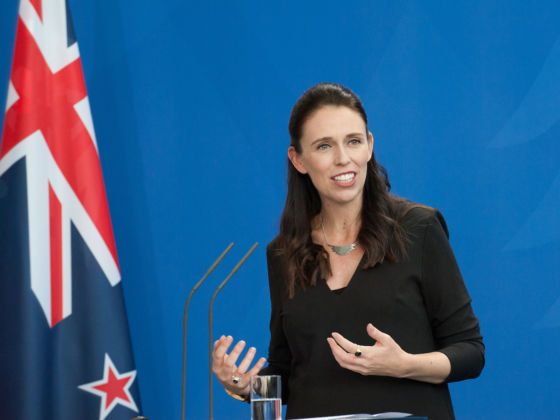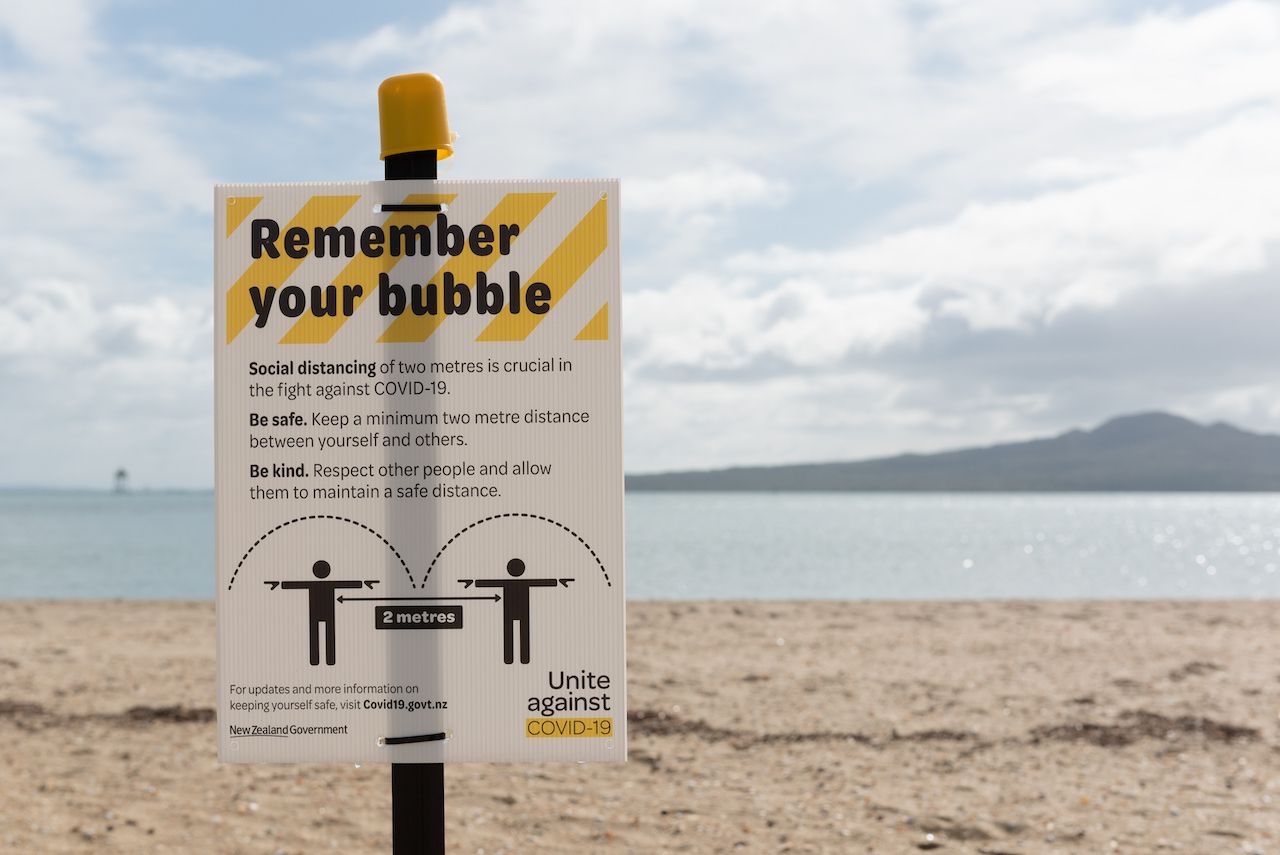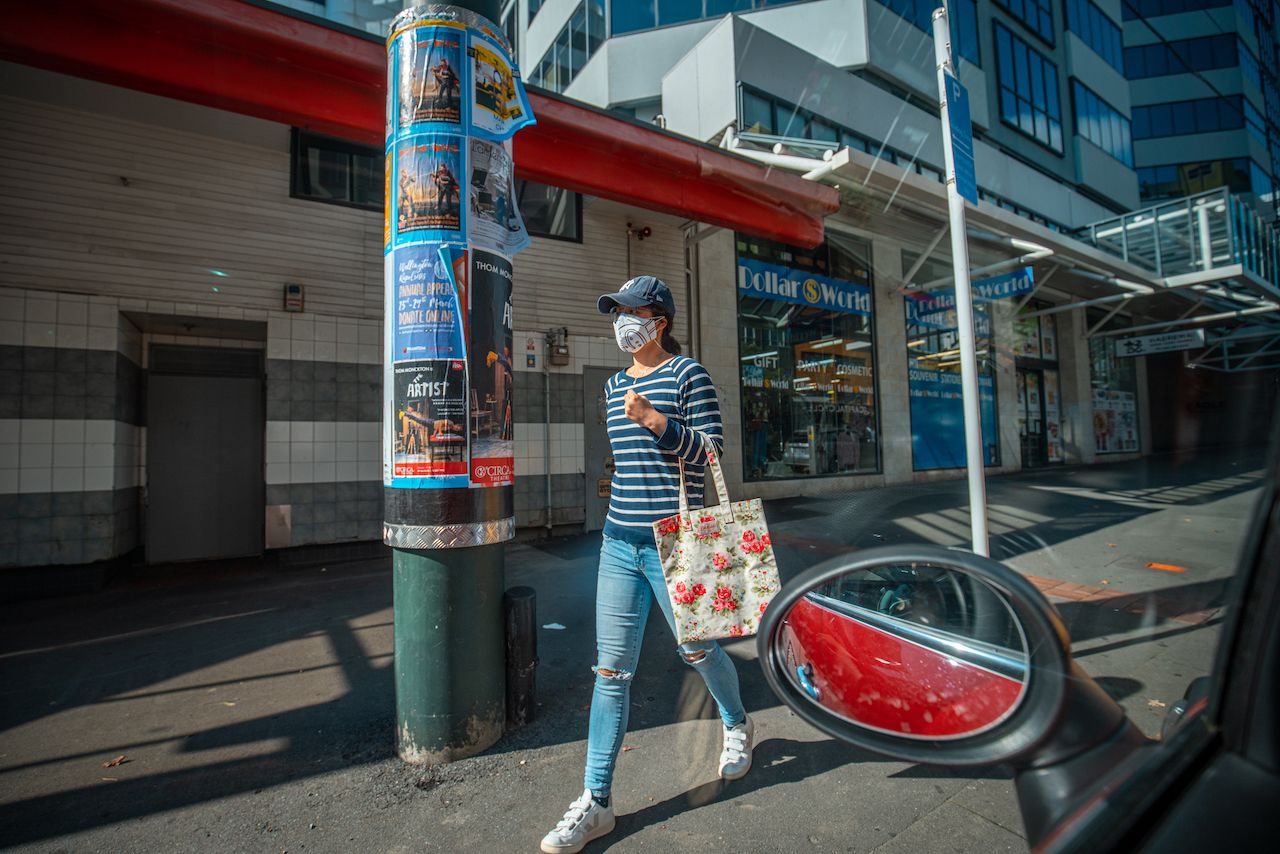New Zealand, that country that just seems to be good at everything, looks like it’s won the battle against coronavirus too.
Last week, Prime Minister Jacinda Ardern cautiously announced the country had effectively “eliminated” COVID-19, with only one new case and four probable cases reported. The virus isn’t completely stamped out, but it is at a point where the country can easily identify and isolate any new cases, and quash any potential outbreak.
So it might be tempting, now, to look to New Zealand as a model in beating coronavirus. But it’s also important to understand that New Zealand is an island nation with under five million people, no land borders, and a culture very different from the United States. So comparing their methods to ours is, basically, comparing apples to kiwis.
What we can do, however, is see what New Zealand did right, learn from it, and see how even a small part of it might be applied at home.



